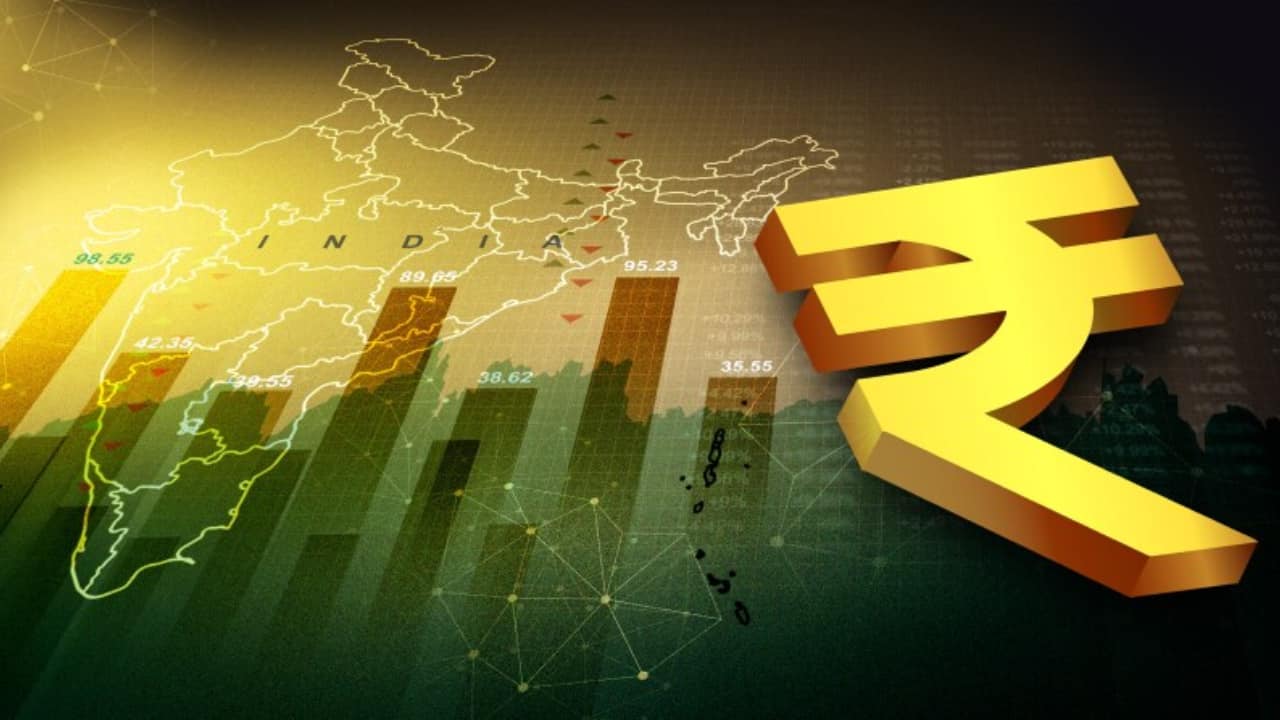 |
|
The Indian rupee's recent decline to a historic low of 86.31 against the US dollar signifies a significant event in India's economic landscape. This sharp depreciation, marking a continuation of losses from the previous session, is a result of a confluence of factors, both domestic and international. Understanding the underlying causes is crucial to analyzing the potential consequences and formulating appropriate responses. The immediate trigger appears to be a combination of weak portfolio flows and increased bearish speculation. Portfolio investors, often driven by global economic trends and risk appetite, have withdrawn funds from the Indian market, contributing to a reduced demand for rupees and putting downward pressure on its value. Concurrently, bearish speculators, anticipating further depreciation, have amplified the sell-off, creating a self-reinforcing cycle of downward momentum.
Beyond the immediate factors, several deeper economic trends are at play. Global inflation remains a significant concern, impacting investor confidence and prompting central banks worldwide to adjust monetary policies. The US Federal Reserve's continued interest rate hikes, aimed at curbing inflation, have strengthened the US dollar, making it more attractive to investors and consequently weakening other currencies, including the rupee. This strengthening of the dollar creates a ripple effect, affecting international trade balances and impacting countries heavily reliant on imports, which India is to some extent. Moreover, India's current account deficit, representing the gap between its imports and exports, has been a source of vulnerability. A widening deficit necessitates a greater demand for foreign currency to finance these imports, further increasing the pressure on the rupee.
Domestic factors also play a crucial role in the rupee's performance. While India's economic growth remains relatively strong compared to some global counterparts, concerns persist regarding inflation and its impact on consumer spending and investor sentiment. The government's fiscal policies and regulatory measures also affect investor confidence and capital flows. Any perceived uncertainty or policy shifts can lead to capital flight and put downward pressure on the currency. Furthermore, geopolitical events, both regional and global, introduce an element of unpredictability that can significantly influence currency markets. The ongoing Russia-Ukraine conflict, for example, has had a considerable impact on global energy prices and supply chains, further affecting investor sentiment and influencing currency valuations. The interplay between these domestic and global factors creates a complex and often unpredictable environment for the Indian rupee.
The depreciation of the rupee has several implications for the Indian economy. It makes imports more expensive, potentially contributing to inflation and impacting the cost of essential goods and raw materials. This increased cost of imports can squeeze businesses' profit margins and affect consumer purchasing power. On the other hand, it can potentially boost exports by making Indian goods more competitive in the international market. However, the net effect of a weakening rupee on the Indian economy is complex and depends on several interacting factors, including the magnitude and duration of the depreciation, the response of policymakers, and the resilience of the domestic economy. The Reserve Bank of India (RBI) typically intervenes in the foreign exchange market to moderate large fluctuations in the rupee’s value, however their strategies must be carefully calibrated to avoid unintended consequences.
Looking ahead, the outlook for the Indian rupee remains uncertain. The path of global inflation, the trajectory of US interest rates, the evolution of geopolitical risks, and the performance of the Indian economy will all be crucial determinants of the rupee’s future trajectory. Effective policy responses by the Indian government and the RBI will be critical to mitigating the negative effects of the weakening rupee and maintaining macroeconomic stability. Addressing issues such as the current account deficit, managing inflation expectations, and promoting investor confidence will be essential in stabilizing the currency and safeguarding the overall health of the Indian economy. The challenges are significant, requiring a nuanced and well-coordinated approach to navigate the complex interplay of domestic and global factors influencing the value of the Indian rupee.
Source: Rupee slides past 86 a dollar: Key factors behind the slide
